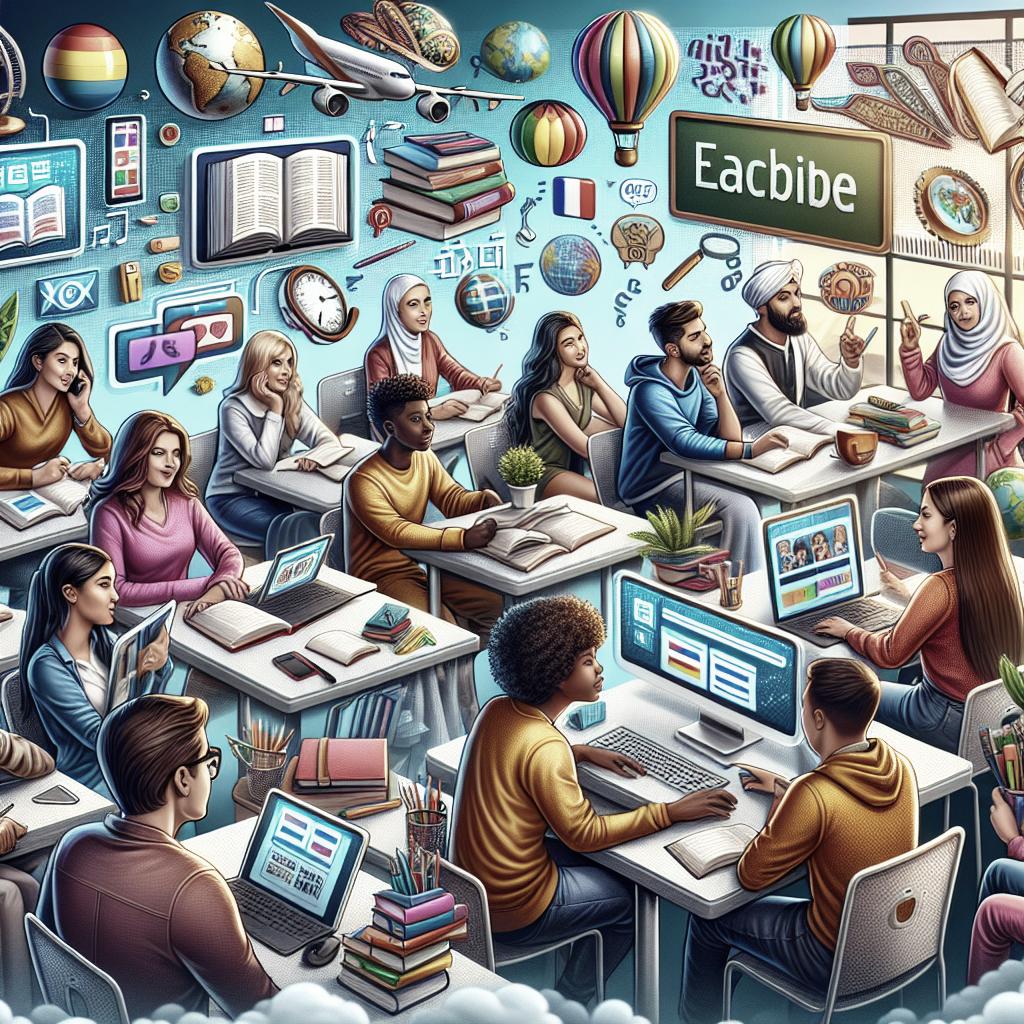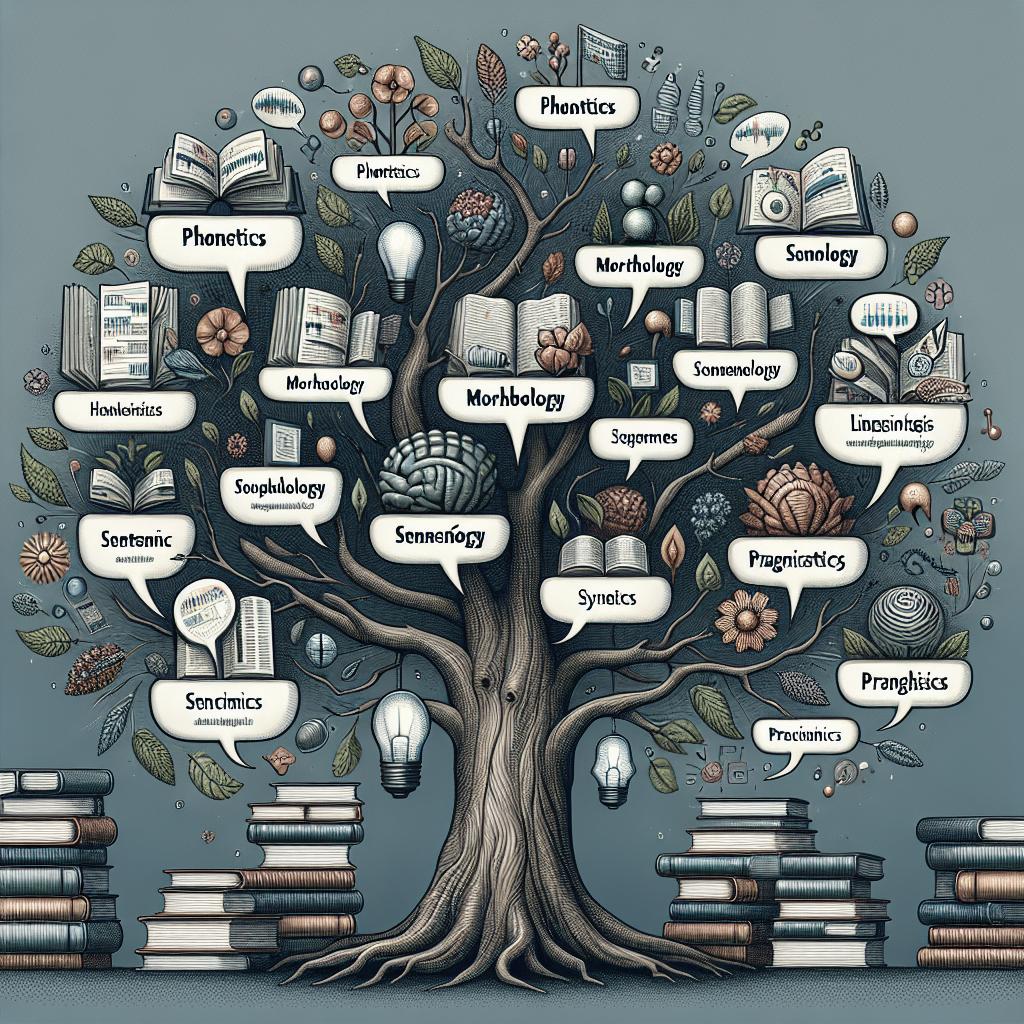<>
In the landscape of global education, language plays a pivotal role in shaping learning experiences and outcomes. This blog post delves into the importance of language in education, exploring several key resources and initiatives that inform policies and programs for better educational practices. We will discuss the comprehensive Handbook on Language of Instruction Issues, USAID’s insightful country profiles, and an engaging online module for reading and literacy. Additionally, we’ll highlight related blog posts that provide real-world examples and studies showcasing the transformative power of language in education.
Resources for informing policies and programs
Understanding the significance of language in education extends beyond classroom walls and impacts policy-making at various levels. Governments and educational institutions must align their policies to address language barriers that students encounter. Resources that inform these policies help bridge gaps, ensuring equitable access to quality education for all learners. Rigorous research and data collection play crucial roles in formulating robust educational programs. Evidence-based resources shed light on effective practices and strategies. For instance, evaluating the mother tongue’s utility in early education can considerably enhance literacy rates and educational outcomes. Policymakers can then make informed decisions to design linguistic frameworks that support diverse learning environments.
The Handbook on Language of Instruction Issues in Reading Programs
The Handbook on Language of Instruction Issues in Reading Programs is an invaluable resource that provides a comprehensive overview of the complexities related to the language of instruction in reading curricula. This handbook elucidates how using a student’s first language can significantly improve their ability to read and comprehend educational material, thereby laying a strong foundation for future learning. Different layers of language comprehension, vocabulary building, and cognitive development are meticulously discussed in the handbook. Educators and program developers can benefit from these insights to create reading programs that cater to linguistic diversity. By prioritizing language inclusivity, the educational experiences of marginalized communities can be significantly uplifted.
Language of Instruction USAID Country Profiles
USAID’s country profiles on the language of instruction are meticulously crafted to provide detailed insights into how different nations approach language in education. These profiles identify existing challenges, such as multilingual classrooms, limited resources, and lack of trained teachers, which can impede effective teaching and learning. Each profile offers a unique perspective, encouraging educators and policymakers to adopt innovative strategies that foster language-inclusive education systems. For instance, profiles from countries that have successfully integrated bilingual education offer replicable models and actionable insights, helping others adapt these practices to their contexts and challenges.
Explore the Reading and Literacy Online Module
The Reading and Literacy Online Module is an interactive resource designed to enhance teachers’ skills and knowledge in fostering literacy through effective language instruction. This module covers various aspects such as phonemic awareness, vocabulary development, and reading comprehension techniques, anchored on understanding and leveraging language. Teachers engaging with this module benefit from practical exercises, interactive activities, and access to a wealth of online resources. The module’s flexibility allows educators to tailor their learning experience to meet their specific needs, making it a valuable tool for continued professional development.
Related Blog Posts
Transforming Education: How USAID and Kenya’s Partnership Boosts Foundational Learning
This blog post narrates the transformative journey of Kenya’s educational system, which has witnessed significant strides through its partnership with USAID. It sheds light on how targeted language of instruction policies and programs have revolutionized foundational learning in early grades. By integrating elements of local languages alongside English, Kenya has seen improved literacy rates and enhanced student engagement. This partnership exemplifies the potential of collaborative efforts in addressing language barriers to create a more inclusive educational environment.
USAID’s Top Resources for Advancing Literacy on International Literacy Day 2024
On International Literacy Day 2024, USAID released top resources aimed at advancing global literacy. This blog post explores these resources, which focus on effective language instruction practices, community engagement, and evidence-based strategies to overcome literacy challenges. Highlighting successful case studies and pilot programs, the post emphasizes the importance of implementing context-specific solutions. Educators and stakeholders are encouraged to utilize these resources to drive literacy initiatives in their communities.
How Bilingual Education Can Bridge Learning Gaps: Insights from the LITES Study
The LITES study provides critical insights into the role of bilingual education in bridging learning gaps. This article delves into the findings of the study, demonstrating how bilingual instruction can lead to improved academic performance and socio-cultural integration. Through detailed analyses and real-world examples, the post illustrates how bilingual education supports cognitive development, enhances linguistic abilities, and fosters a more inclusive education system. The lessons from the LITES study underscore the importance of linguistic inclusivity in achieving educational equity.
Future Prospects
In summary, the resources and initiatives discussed highlight the crucial role that language plays in shaping educational experiences and outcomes. By understanding and addressing language-related challenges, educators and policymakers can create more inclusive and effective learning environments for all students. « `
| Subheading | Key Points |
|---|---|
| Resources for informing policies and programs | Importance of aligning educational policies to address language barriers; the role of research and data collection. |
| The Handbook on Language of Instruction Issues in Reading Programs | Comprehensive resource on language in reading education; benefits of using the first language in learning. |
| Language of Instruction USAID Country Profiles | Profiles offer insights into national language education strategies; examples of successful bilingual education models. |
| Explore the Reading and Literacy Online Module | Interactive resource for teachers; covers phonemic awareness, vocabulary, and reading comprehension. |
| Transforming Education: How USAID and Kenya’s Partnership Boosts Foundational Learning | Details the impact of language-inclusive policies in Kenya; improved literacy and student engagement. |
| USAID’s Top Resources for Advancing Literacy on International Literacy Day 2024 | Explores top literacy resources; importance of context-specific solutions for global literacy advancement. |
| How Bilingual Education Can Bridge Learning Gaps: Insights from the LITES Study | Examines the role of bilingual education in enhancing academic performance and socio-cultural integration. |
« ` In this ever-changing educational landscape, the integration of effective language policies isn’t just beneficial; it is crucial for creating inclusive, equitable, and dynamic learning environments for future generations.


